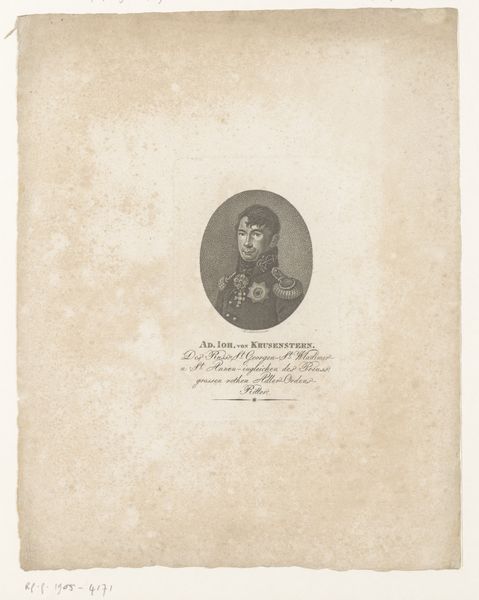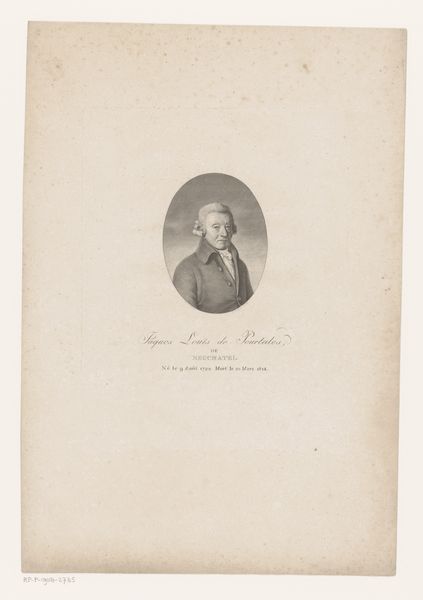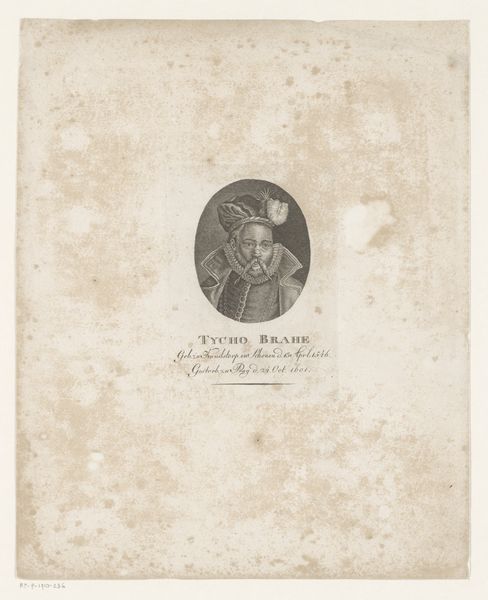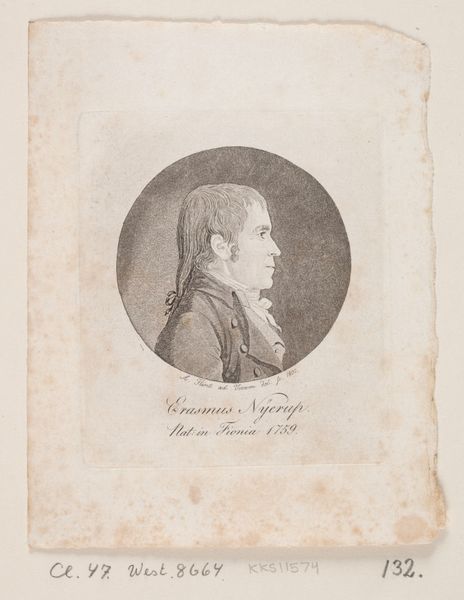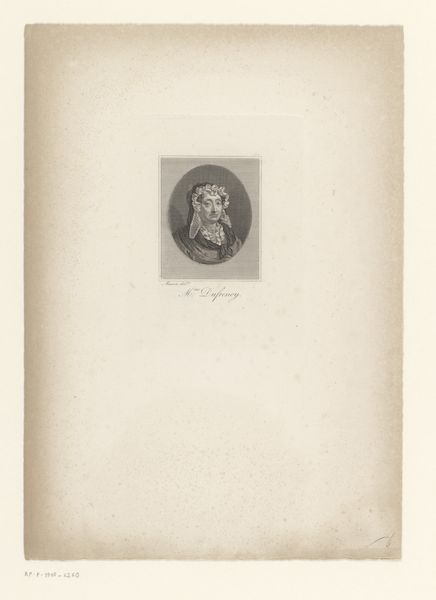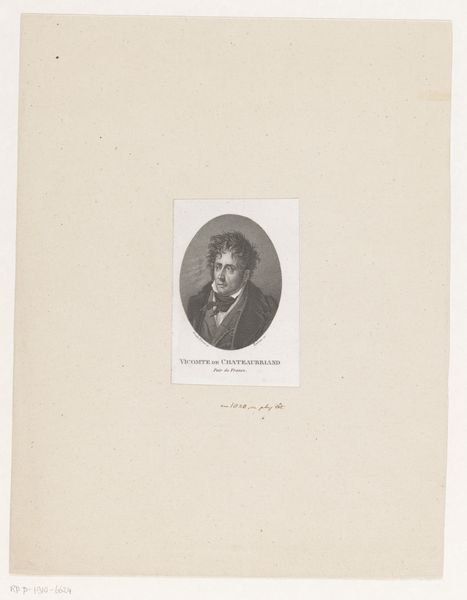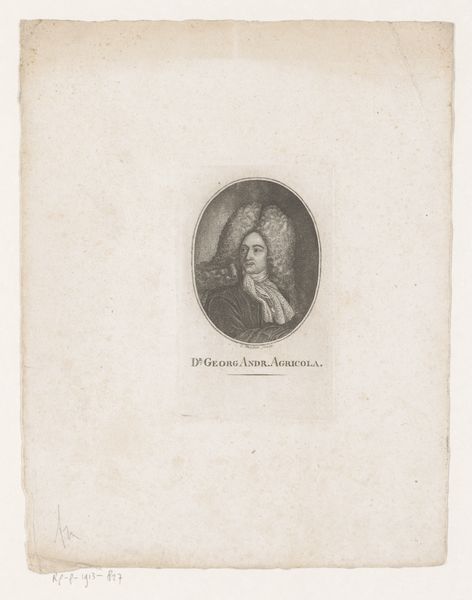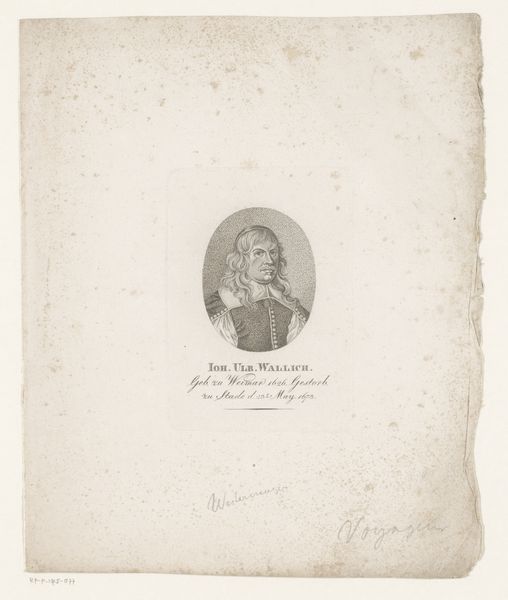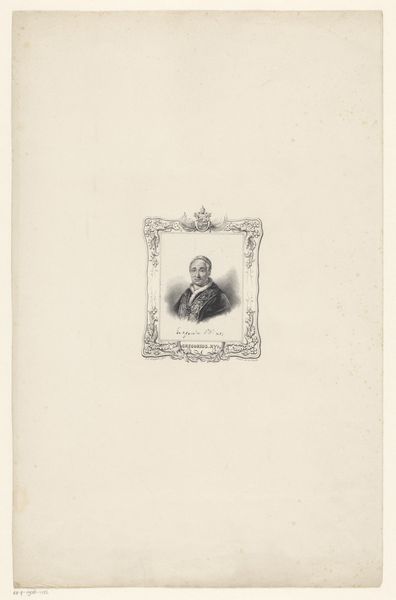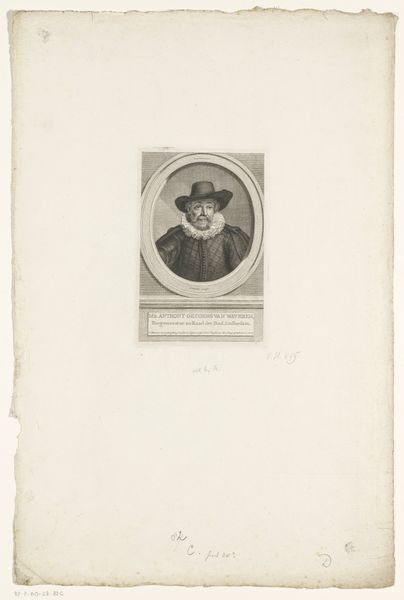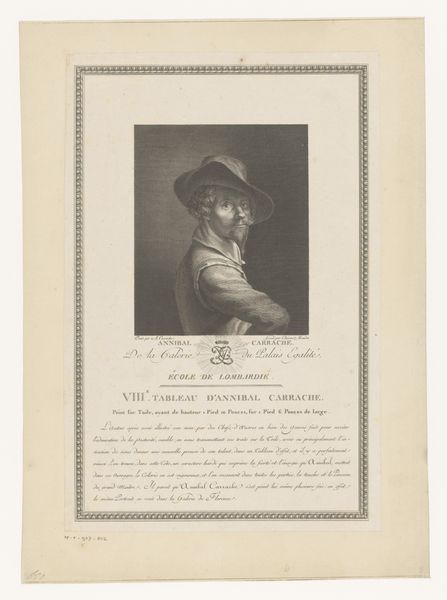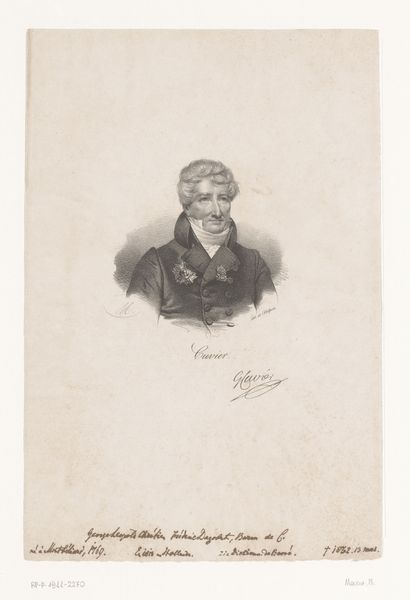
drawing, print, engraving
#
portrait
#
drawing
#
neoclacissism
# print
#
engraving
Dimensions: height 146 mm, width 95 mm
Copyright: Rijks Museum: Open Domain
Carl August Schwerdgeburth created this portrait of Conrad Peutinger using etching, a printmaking technique that democratized image production. An etcher covers a metal plate with a waxy, acid-resistant ground, then scratches an image into it. The plate is then bathed in acid, which bites into the exposed lines, allowing for a print to be made. The etched line, which is clean and precise, lends itself well to portraiture, and its repeatable nature allowed for the dissemination of likenesses far and wide. This print would have been made possible by a division of labor, with some specializing in preparing the plates, others in the etching itself, and still others in the printing process. This move towards standardization and distribution mirrors the rise of industrial capitalism. By considering the relationship between materials, process, and social context, we can better understand this artwork as a product of its time, challenging traditional distinctions between fine art and craft.
Comments
No comments
Be the first to comment and join the conversation on the ultimate creative platform.

